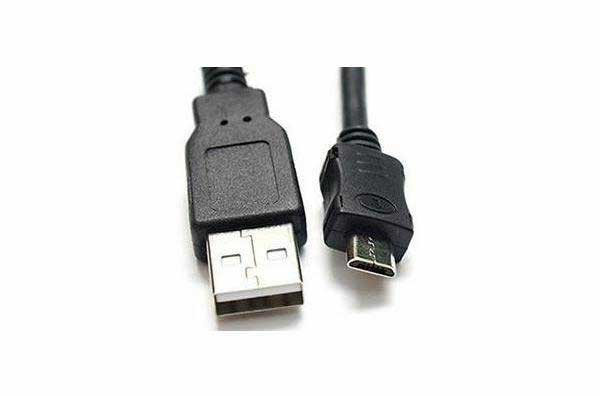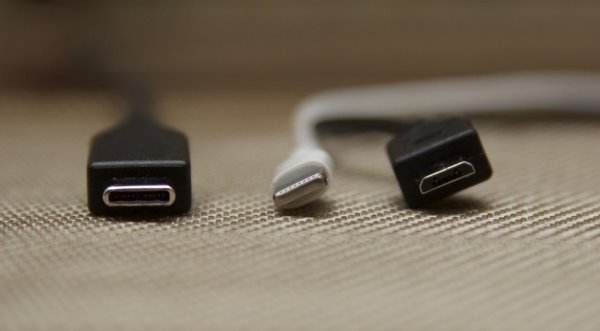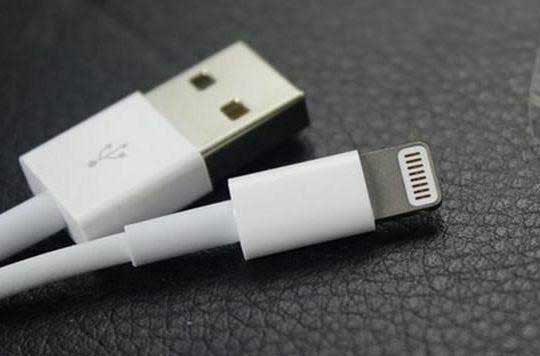Disadvantages: Even with the iPhone 8 after the machine, the Lightning interface uses the original line to transfer files and charging speed is very slow, slow and slow. I bought a third-party fast charge kit that can achieve fast charging, but the speed of transferring data is still slow.
2. Micro USB

In September 2007, OMTP (an organization of a bunch of communications companies) announced the global unified mobile phone charger interface standard Micro USB, characterized by small size.
Advantages: low cost, whether it is consumers or producers
If you still have to say that one advantage is that the home is usually an electronic product, the socket is generally this socket, you can use it with a single usb, do not know whether it is crying or laughing, charging is really fast, performance is really weak.
Disadvantages: does not support positive and negative insertion, the interface is not strong enough and easy to damage (although the maintenance cost is low), poor scalability.
3. USB T ype-C, hereinafter referred to as C port

Mass production began in August 2014, and in November, the first Nokia N1, a consumer electronics product that uses C-port, was released. In March 2015, Apple released a MacBook using the C port. The entire laptop has only one C port, which integrates all the functions of the interface. After that, the C port is brought to the fire.
Advantage: powerful
Charging, high-speed transmission, 4K quality output, digital audio output... Existing devices that can be connected by wires can be connected through C port. Support positive and negative insertion, small size.
C port will be the trend of the future, whether it is a mobile phone or a computer, will gradually change to a more compact and compact C port.
Disadvantages: high cost.
Therefore, in order to save costs, some manufacturers have reduced the functions of the C port on some mobile phones to only charging and data transmission, and other audio output, video output, and even OTG functions are gone.


